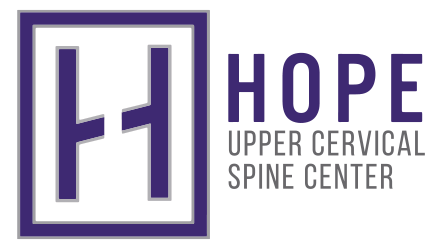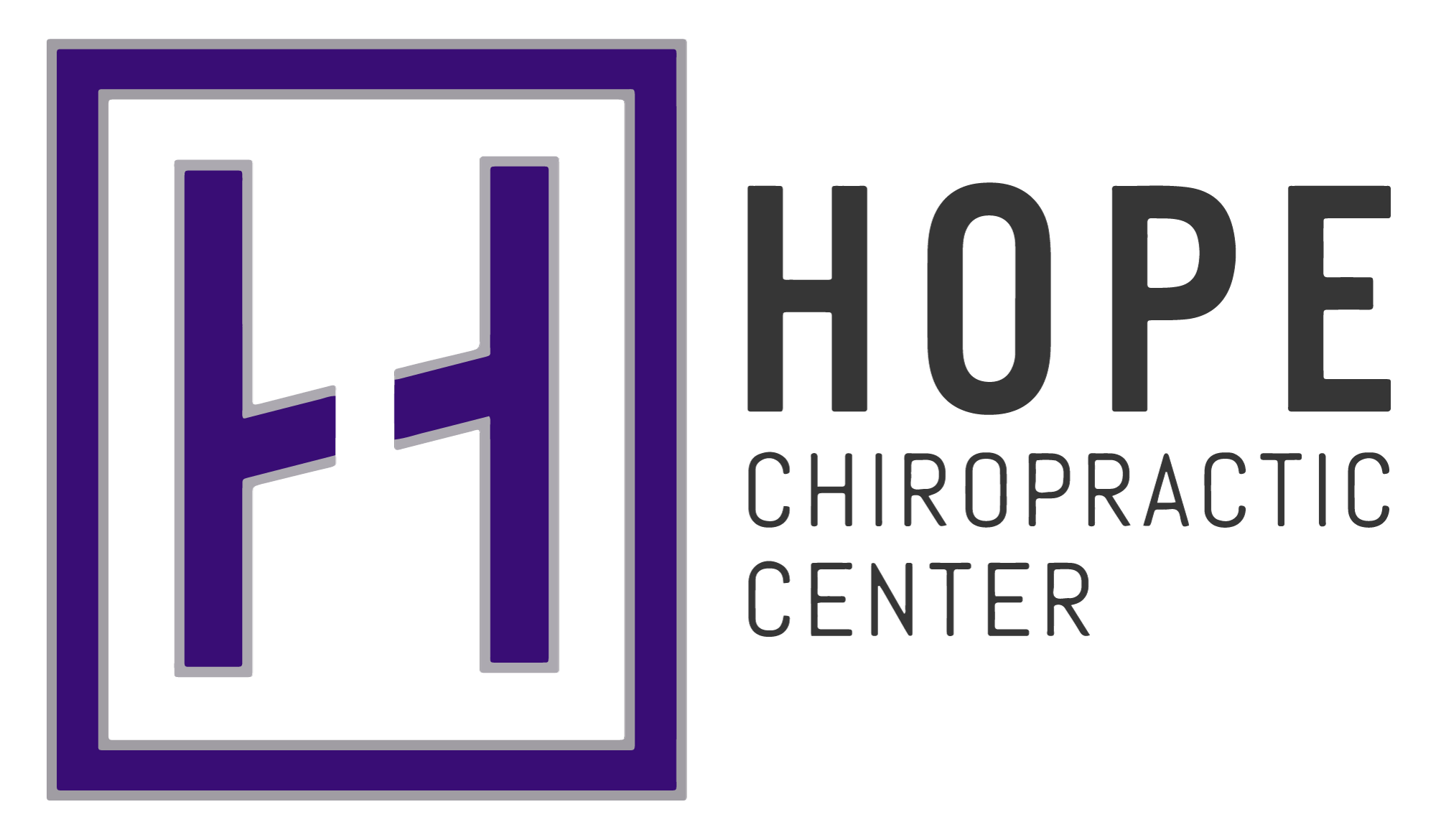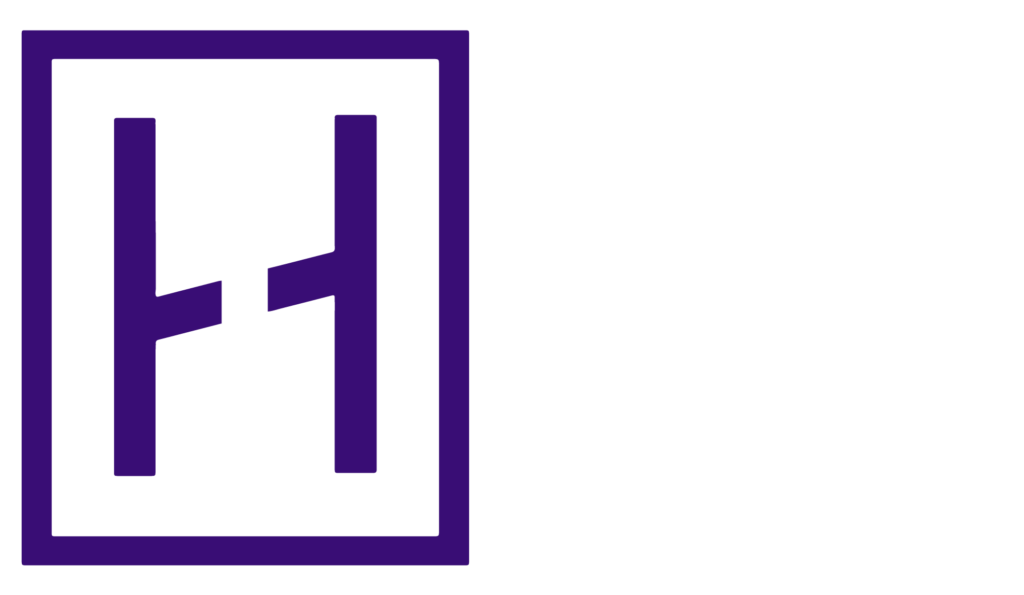Nine out of 10 Americans suffer from headaches. While migraines vary in frequency and severity, one thing remains the same for those who must endure them: pain. Patients know they want it to go away, to stop affecting their quality of life…but what is the best way to treat migraine pain? Research shows that spinal manipulation – one of the primary treatments provided by chiropractors – may be an effective treatment option for tension headaches and headaches that originate in the neck. Some research indicates that interventions commonly used in chiropractic care improved outcomes for treating acute and chronic neck pain. Additional studies reveal that chiropractic care, including spinal manipulation, improves migraine and cervicogenic headaches.
HEADACHE TRIGGERS
Headaches have many causes or “triggers.” These may include foods, environmental stimuli (noise, light, stress, etc.), and/or behaviors (insomnia, excessive exercise, blood sugar changes, etc.). Roughly five percent of all headaches are warning signs caused by underlying physical problems. The remaining 95 percent of headaches are primary headaches, including tension, migraine, or cluster headaches. These types of headaches are not caused by disease; the headache itself is the primary concern. The majority of primary headaches are associated with muscle tension in the neck. Today, Americans engage in more sedentary activities than previous generations and spend more hours in a single, fixed position or posture (for example, sitting in front of a computer). This can contribute to joint irritation and muscle tension in the neck, upper back, and scalp, ultimately resulting in headache or migraine pain.
WHAT CAN PATIENTS DO TO PREVENT OR MITIGATE MIGRAINE PAIN?
Most of the things patients can do to avoid migraine pain are proactive. Individuals who spend a large amount of time in one fixed position for work (for example, in front of a computer, on a sewing machine, typing or reading) are advised to take a break and stretch every 30 minutes to one hour. Stretches should take the head and neck through a comfortable range of motion.
Low-impact exercises like walking and light aerobics may help to relieve pain associated with primary headaches. Individuals prone to dull, throbbing headaches avoid heavy exercise. Furthermore, patients can help prevent tension headaches caused by stress at the temporomandibular joints (TMJ) by avoiding teeth clenching. Finally, individuals should drink at least eight 8-ounce glasses of water every day to help prevent dehydration, and subsequently, headaches, a byproduct.
WHAT CAN A CHIROPRACTOR DO TO REDUCE OR ERADICATE MIGRAINE PAIN?
A chiropractor may do one or more of the following for patients suffering from migraine pain:
- Perform spinal manipulation or chiropractic adjustments to improve spinal function and alleviate stress.
- Provide nutritional advice, recommending a change in diet and, potentially, the use of B-complex vitamins.
- Offer advice on posture, ergonomics (work postures), exercise, and relaxation techniques. Addressing one or more of these factors should help reduce or eradicate recurring joint irritation and tension in the neck and upper back muscles.
[/fusion_text][/fusion_builder_column][/fusion_builder_row][/fusion_builder_container]







